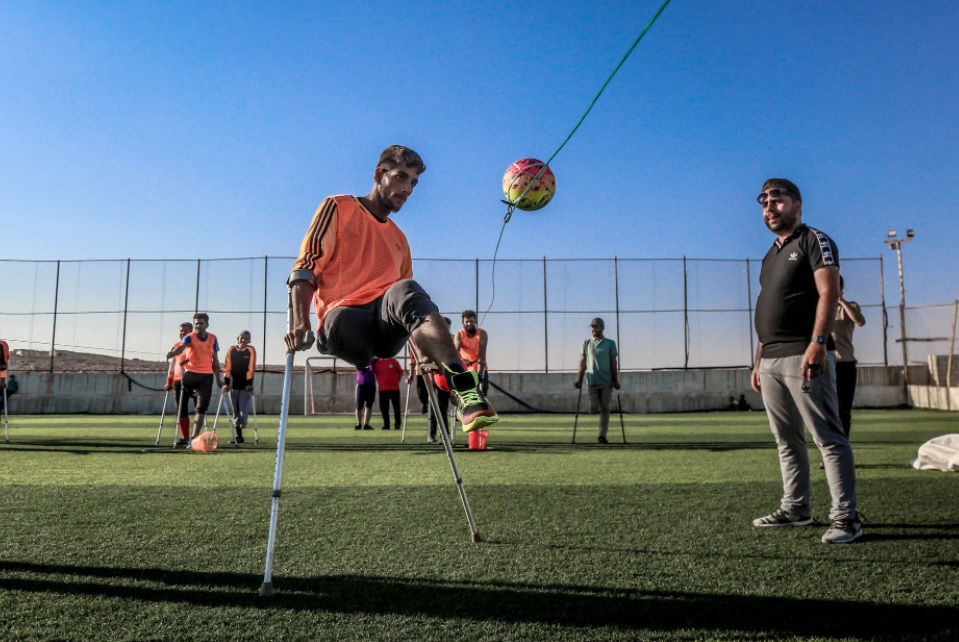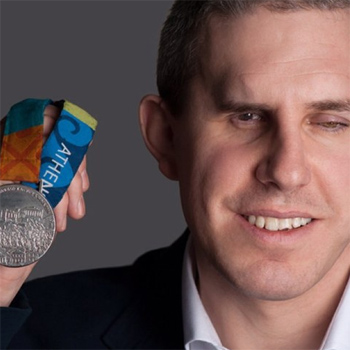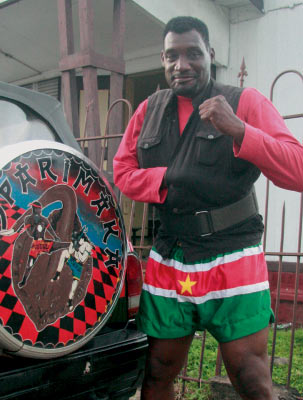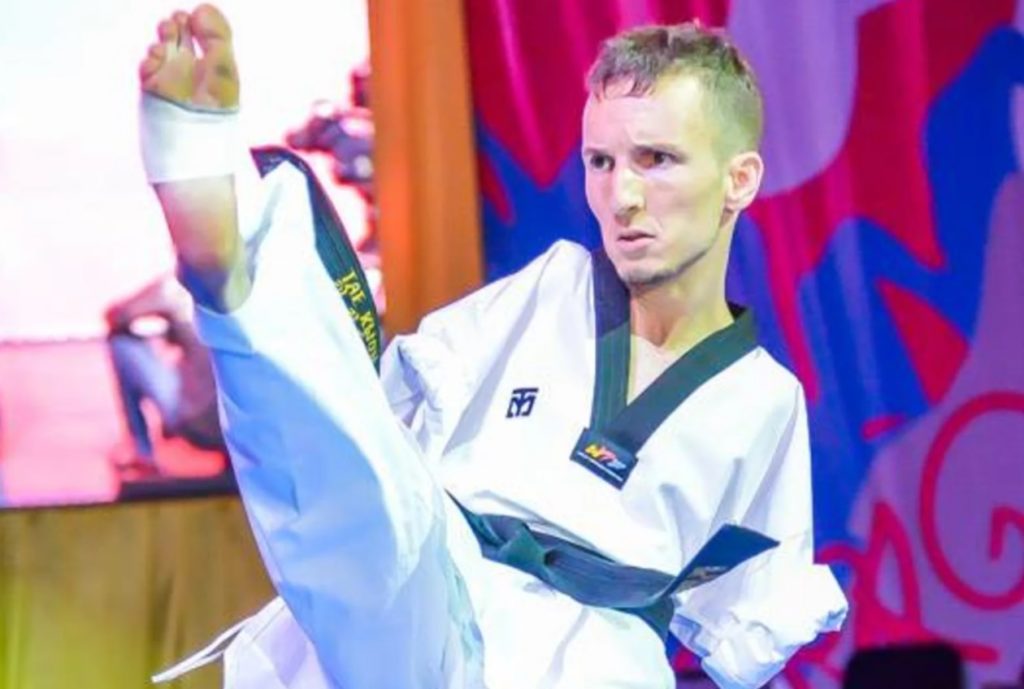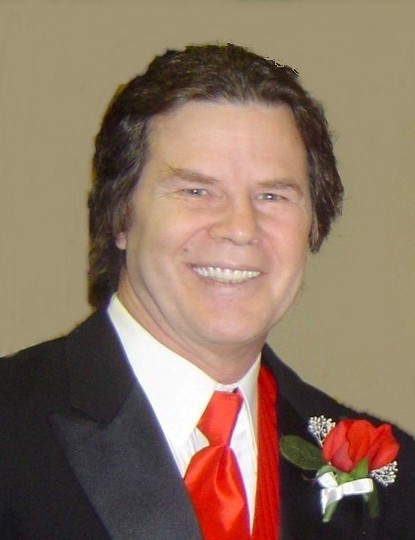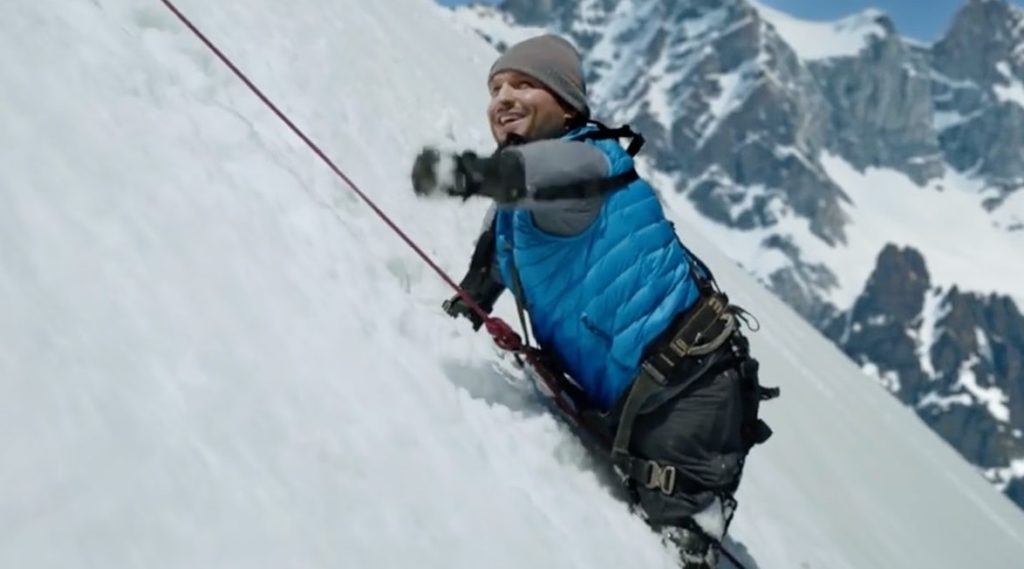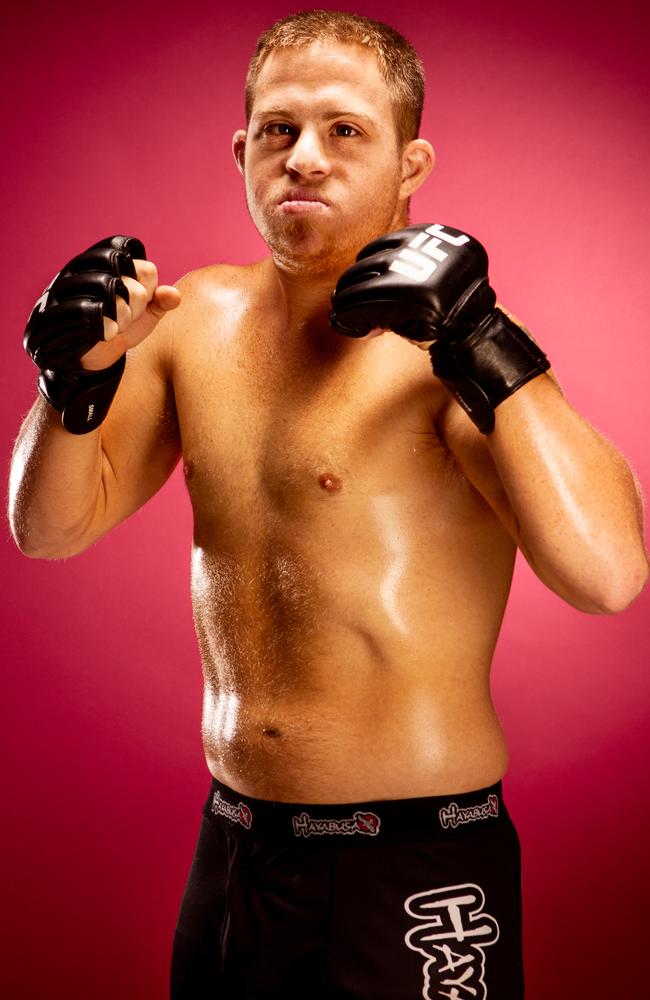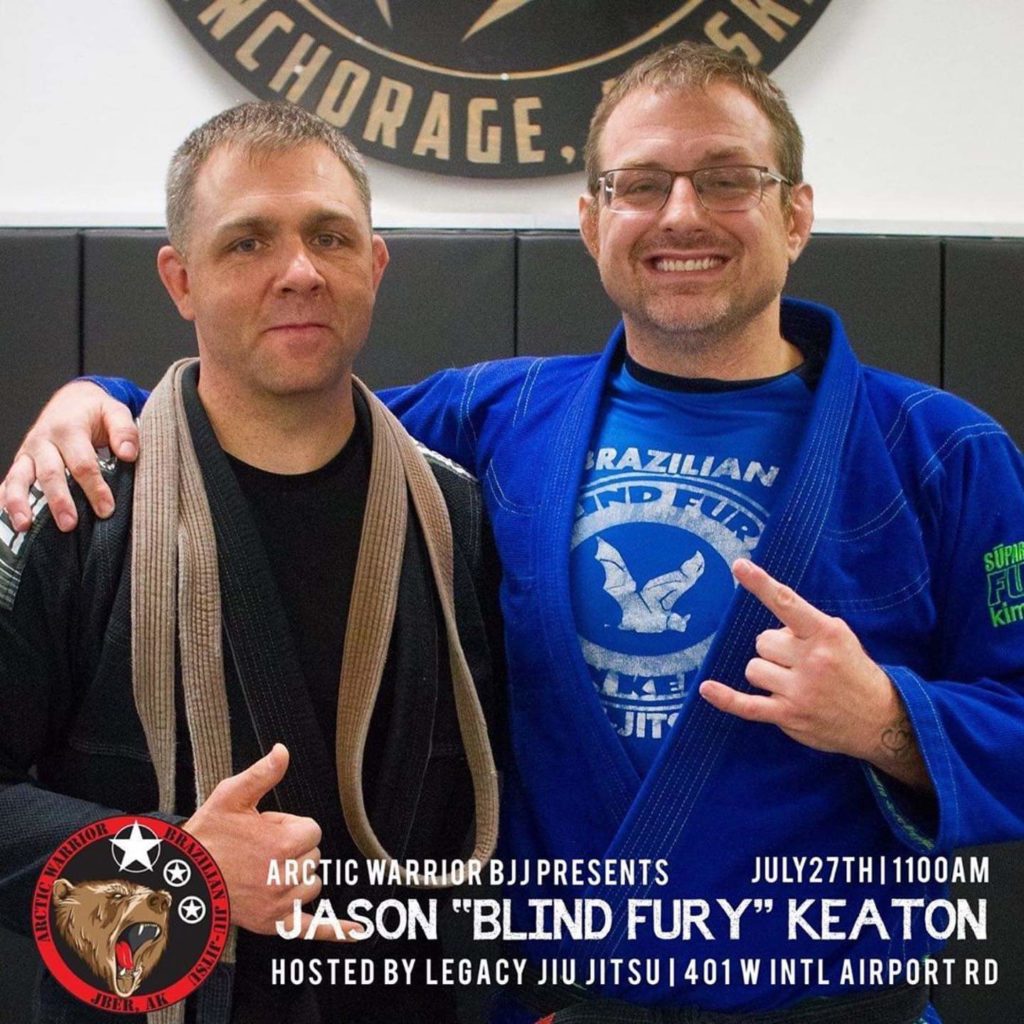Note: This article was written by an outsider peering into the world of martial arts for the disabled. Please send us a message if there is any information that you would like to see added.
At first glance, it may seem like a bit of an oxymoron—martial arts for the disabled. Many people assume that disability means incapability, but that’s where they’re wrong.
The truth is that people with disabilities can do just about the same things as those who don’t. The only difference is that they may need help from tools and devices that can make things more accessible. Take people with hearing impairments, for example. Despite their disability, they can still communicate. People in wheelchairs can still drive. Those with learning disabilities can still learn.
People sometimes are a bit awkward around a person with a disability since they don’t quite know how to interact with them. In an attempt to be respectful and avoid offence, they try to do everything for them. What we forget, though, is that people adapt. Say that a person lost a leg, for example. This person then learns new skills so they can successfully go about their daily lives.
Anyway, the point is that the disabled can do just as much as the non-disabled can. So if the non-disabled can do martial arts for fun, why shouldn’t the disabled?
We always mention that BJJ is the most inclusive martial art around. There is no place for discrimination on the mats, and anyone can excel regardless of their size, age, gender etc.
Just how inclusive is it, though? Is it inclusive enough to welcome the disabled members of our community? The short answer is: yes. BJJ tries its best to make a safe space for people with all types of abilities and disabilities. In this article, we explore the world of adaptive martial arts.
-
Self-defense training for the disabled community
Self-defence training is becoming more accessible for disabled people. Some examples are medical rehabilitation centres and community crime prevention groups. Even martial arts gyms are growing to become more inclusive!
Before martial arts was practised widely for fun, many did it for self-defence. Let’s talk a bit about martial arts for self-defense, and how it applies to persons with disabilities.
-
The components of effective self defense
Self-defense, for both the disabled and the non-disabled, comes in three parts.
Prevention
Quite simply, prevention refers to the precautions we take to lessen the risk of danger. This can be quite broad, and two constituents influence it: the individual and the community.
Community resources that aid prevention include local authorities, street lights, and security cameras. Individual practices include home safety measures and avoiding dark, isolated areas. Self-preservation instincts come into play when avoiding danger.
Psychological preparation
People rarely ever perform the same in simulation and real-life situations. In highly stressful situations, some perform at the highest levels. Some do not perform at all, and others perform at varying levels in between.
That’s why self-defence requires a bit of visualization in the training. It’s not enough to just know what to do in a given situation. You have to imagine a scenario with you actually doing it. This will allow you to respond to a situation promptly. The precious few moments you save as a result can make all the difference.
Of course, visualization training is not just about what you’re going to do when things go physical. It can also be on how to escape or deescalate certain situations. Basically, it can be on anything you might have to do in case you need to protect yourself.
Physical Defense
The third one is where some members of the PWD community might have trouble with. (Amputees especially.) After all, from the outset, a guy with one arm is at a disadvantage against another with two in terms of brute force.
Thankfully, martial arts is less about force and more about properly applying it in a confrontation. Its technicality lies in the angular momentum of force, and that’s how the disabled can find the advantage.
Examples of such techniques are sweeps and takedowns in Judo, Jiu-Jitsu, and Karate. People tend to underestimate disabled people. This is another factor that can help catch aggressors off-guard. And an assailant who ends up on his back without expecting it gets winded and will no doubt need a few moments to recover.
Who would expect a person needing only one arm to take down an offender with a few well-placed strikes?
That element of surprise plays to our advantage. Mainly since self-defence for civilians focuses more on stunning the assailant to escape. Alternatively, to buy some time to call for help.
If you train often enough, self-defence techniques become muscle memory. The best way to stay safe is to stay away from risky situations. But when the situation calls for it, martial arts offer an effective means of self-defense, disabled or otherwise.
-
The arena has gotten more inlcusive
There’s a wide variety and inclusion for disabled people in martial arts. People are free to choose what martial arts suit their needs and capabilities. Here are a few examples of martial arts for the disabled.
Or, to make that more correct, it’s not martial arts for the disabled per se. Instead, it’s martial arts for everyone where disability does not hinder excellence.
-
Judo
Judo is a martial art that fits blind people. Since it isn’t typically a striking sport, training isn’t heavily dependent on sight. In fact, training blindfolded is something Judokas do. This helps improve their reflexes and response time and strengthens their other senses.
Just take a look at Ian Rose. He contracted eye cancer as a baby, losing his left eye and most of the sight in his right. That didn’t stop him from becoming a paralympic champion with five paralympic games under his belt.
-
Karate
In karate, look no farther than the President of the Suriname Boxing Association. Remie Burke lost function in his right arm due to a car accident. That didn’t stop him from winning championships and becoming a big name in the industry.
-
Taekwondo
There are martial arts that suit amputees, particularly if they’ve lost their arms. Taekwondo is an excellent example of a martial art that focus on the use of legs. Researchers believe that Taekwondo may improve executive functioning and coordination. It may also reduce the impact of sensory stressors, making it ideal for people with autism.
A notable name in Taekwondo is the black belt holder Elfedayni Abdennour. He was born with no arms, but he didn’t let that stop him from doing what he enjoyed.
Another name we believe deserves mention is the late Bill Auvenshine. He became paralysed due to an unfortunate accident involving a patch of ice and a power pole in 1995. He still opened a dojang and taught Taekwondo from his wheelchair for 22 years before he passed.
-
Mixed Martial Arts
MMA features extremely high-intensity matches. Truthfully, it’s challenging to imagine disabled people in it. However, there are also some MMA competitors without arms or legs. Here are a few examples.
Kyle Maynard
Kyle Maynard is an MMA and BJJ fighter. Despite being a quadruple-amputee, he has achieved more than most people ever will. He is a purple belt in BJJ under André Galvão and has even set records as a weight lifter.
Maynard lives his life chasing adventure. He literally crawls up mountains and enjoys skydiving. In fact, one of his most notable achievements was when he climbed Mount Kilimanjaro without prosthetics.
Aside from being an author, speaker, and MMA fighter, he founded a Crossfit gym, aptly named No Excuses Crossfit Gym.
Nick Newell
This former XFC Lightweight champion is a congenital amputee. Meaning to say, he was born missing limbs. Although he decided to retire from MMA in 2015 due to injuries, his run as a pro is enough to make his name a big one.
Garrett Holeve
Even developmental disabilities shouldn’t stop a person from practising martial arts. Garrett Holeve differs from the others on this short list because he has all of his limbs. He was born with Down syndrome, but his faith in his dream made him famous! “G-money” picked up his first amateur win in 2014.
-
Brazilian Jiu Jitsu
BJJ is famous for being a martial art for all. But how well does it hold up to its motto?
It’s difficult to trace the origins of when people with disabilities started coming to BJJ. But today, many people with mobility issues and impairments practise it.
Unlike other martial arts, you don’t have to be up on your feet in BJJ. You don’t have to be physically strong either. Instead, you have to focus on positions that take advantage of the human body’s weaknesses. These techniques will put you in dominant positions against your opponent.
BJJ is great for building strength and endurance. It’s also great for both competitive and self-defence scenarios.
(If you take your assailant down, you effectively put them at a disadvantage. After all, most people don’t know how to fight on the ground. Of course, we have to emphasize that you shouldn’t engage unless you’ve got no other choice.)
Anyway, the disabled are statistically more likely to develop mental health disorders than their non-disabled counterparts. Martial arts may help increase self-confidence through sports achievements and social interactions. It helps disabled people surpass themselves, the stigma, and the typically low expectations.
A lot of disabled people struggle with discrimination. This can come from their work and social environment. Sometimes it comes even from within their household. BJJ creates a safe space for them and their disabilities.
Notable Names on the Mats
Here are a few examples of disabled people who are exceptional fighters on the mats:
Jason Keaton
One of the most notable people to master the art of BJJ despite their disability is Jason Keaton. Although legally blind, Jason was able to earn a fourth-degree black belt in BJJ. His first-rate competence in the sport earned him the nickname Blind Fury.
Blind Fury is the one in blue.
Sam Kaye
Sam Kaye is the first disabled BJJ black belt in Europe. He was a high-level swimmer in the disability league, but he had to give that up when he had a shoulder surgery. That is why he ended up getting into MMA. When asked why he later turned to BJJ, he replied, “I didn’t like getting punched in the face. It’s quite simple, really.”
Jean Jacques Machado
And finally, the last name in our list is none other than Jean Jacques Machado, the man who taught Joe Rogan and Chuck Norris. (Two of the biggest names in the martial arts scene!) Jean Jacques Machado was born with the amniotic band syndrome. Meaning to say, one of his hands (the left one) has only the thumb and the little finger. Now, we know that gripping is a big part of BJJ. But despite having a deformed hand, he captured every major title and championship in Brazil from 1982 through 1992.
-
Final thoughts
These unexpected heroes prove to us that nothing could ever get between us and our dreams – unless we let it. And they sure never did! And honestly, people with disabilities may have limitations that are difficult to surpass. But nothing amounts to what they’ve proven possible. The lack of physical strength is no barrier for the truly dedicated. It’s their sheer determination that allows them to push harder – and inspires the rest of us to do the same.

